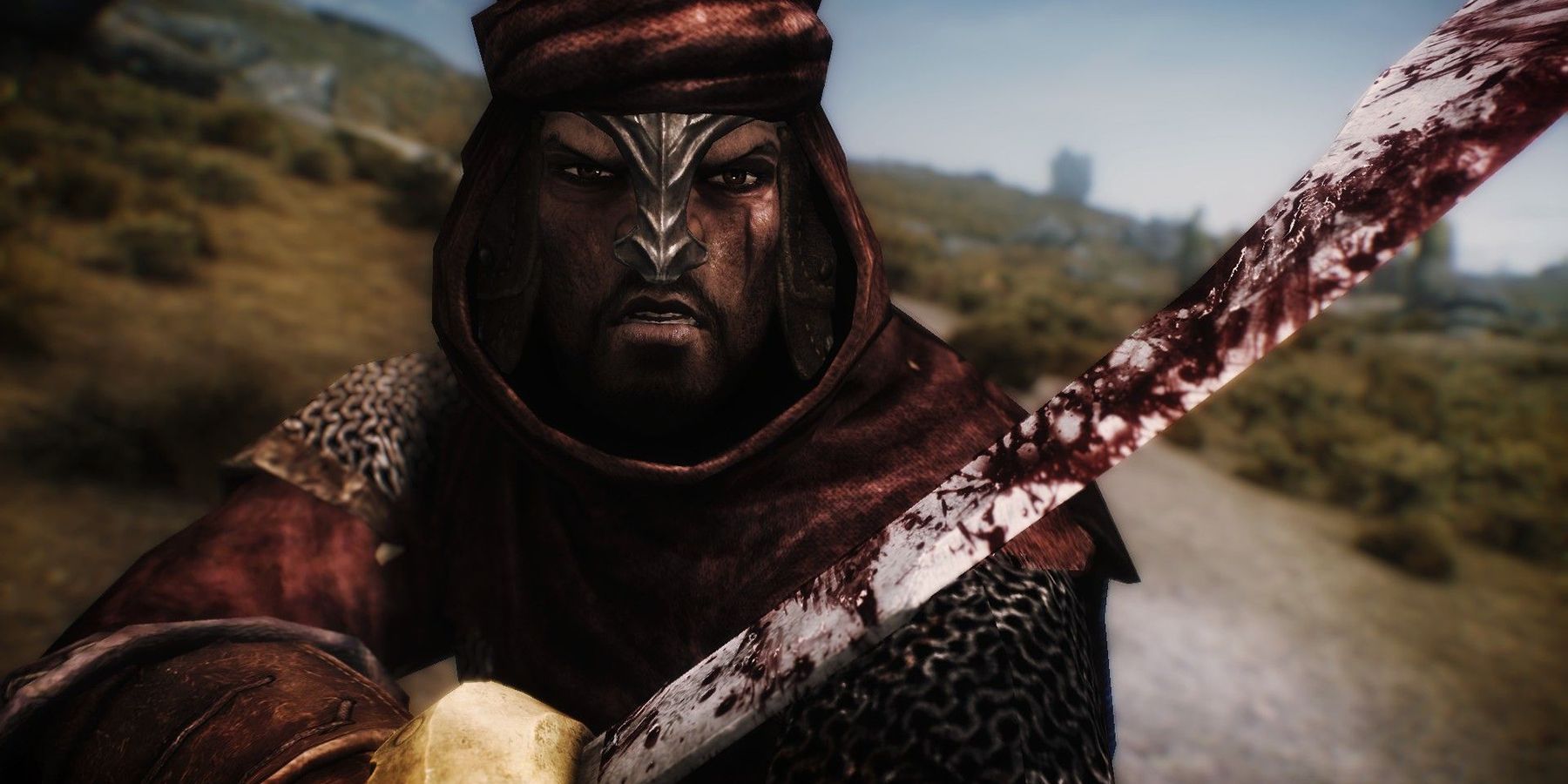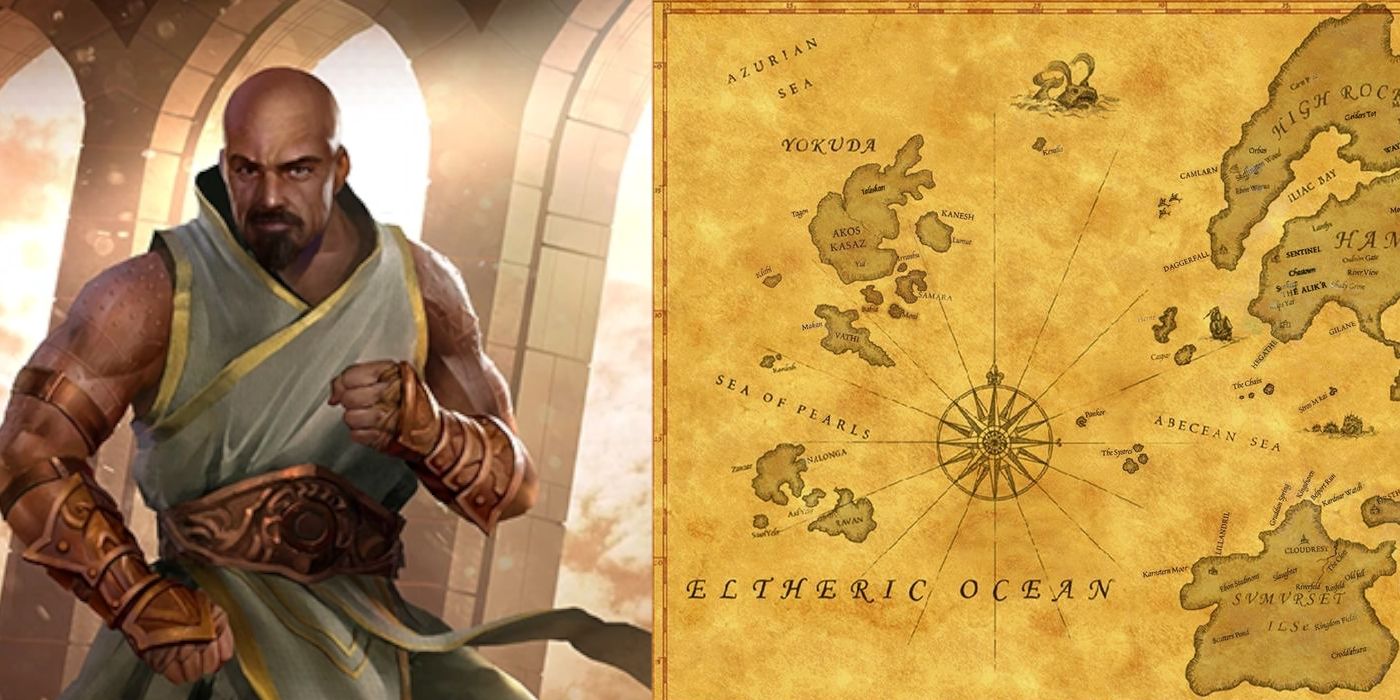Many have long believed that The Elder Scrolls 6 would take place in Hammerfell and/or High Rock, and with the teaser in the Starfield reveal trailer, those suspicions were confirmed. Now, it could be Bethesda is intending to do something completely different, but at the very least, Hammerfell and High Rock are currently the safest bet.
In each Elder Scrolls game, various characters will have their roleplaying natures changed to some degree. For example, while the beastfolk like Argonians and Khajiit have been treated as outsiders in every game, an Imperial’s place in Skyrim is far different from what it was in Oblivion’s Cyrodiil. Come The Elder Scrolls 6, fans can expect similar changes, and the Redguard are no different.
For the Redguard, however, it’s less about people and more about culture. The Redguard are effectively a minority everywhere outside Hammerfell, but they are strong, powerful, and feared for their warrior abilities. In Hammerfell and High Rock, Redguards are likely to get along with their allies—the Bretons of High Rock—but not Imperials, and so on. Hammerfell is their home, and so they’ll move from a minority of the game to a majority of it. But the biggest change will come down to how the Redguard’s religion may impact The Elder Scrolls 6.
The Redguard’s Yokudan Religion, Skyrim Civil War
The Great War between the Third Aldmeri Dominion and Third Empire ended when the two powers signed the White-Gold Concordat, outlawing the worship of Talos and ceding land from Hammerfell to the Aldmeri Dominion. The outlawing of Talos worship was one spark that would later set off the Skyrim Civil War, with one of the Nords’ goals being its restoration. Religion has always been important in Skyrim, with that largely focused around the Nine Divines, but the Redguard worship another Pantheon altogether.
Because they were originally from Yokuda, The Redguard worship the gods of their homeland as well as their ancestors. These gods include Satakal, Yokudan God of Everything; Ruptga, the Yokuda pantheon’s chief deity, otherwise known as Tall Papa; Tu’whacca, God of Souls; Zeht, God of Agriculture; Morwha, goddess of fertility; Tava, Spirit of the air; Malooc, an enemy god and leader of the goblins; Diagna, Avatar of the HoonDing; Sep, a regulator of the Spirit Trade; HoonDing, a spirit of perseverance over non-believers; Leki, daughter of Tall Papa and goddess of aberrant swordsmanship; and Onsi, the warrior god.
While the instigating events of The Elder Scrolls 6 are yet to be revealed and much is liable to change base on how much time passes between Skyrim and The Elder Scrolls 6, belief in these gods will likely linger. Whether it’s a new conflict with humans, elves, or orcs, a huge calamity, or anything at all, the emphasis on ancestors, spirits, and more is likely to impact the game to some degree. Perhaps, even, the lost continent of Yokuda will play some role in the game.
While adventuring around Hammerfell, players can expect new mythical wonders and representations—something that is likely to make it stand out from Skyrim. The Nine Divines have long played a big role in the franchise, so a shake-up like this would only be good for the franchise.
The Elder Scrolls 6 is in development.


